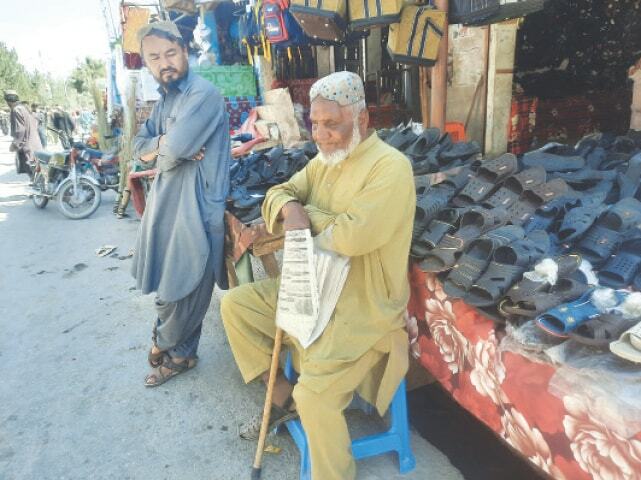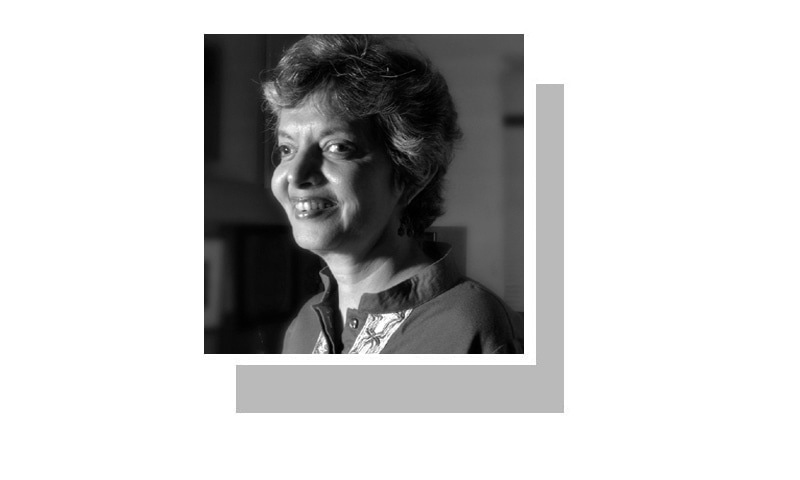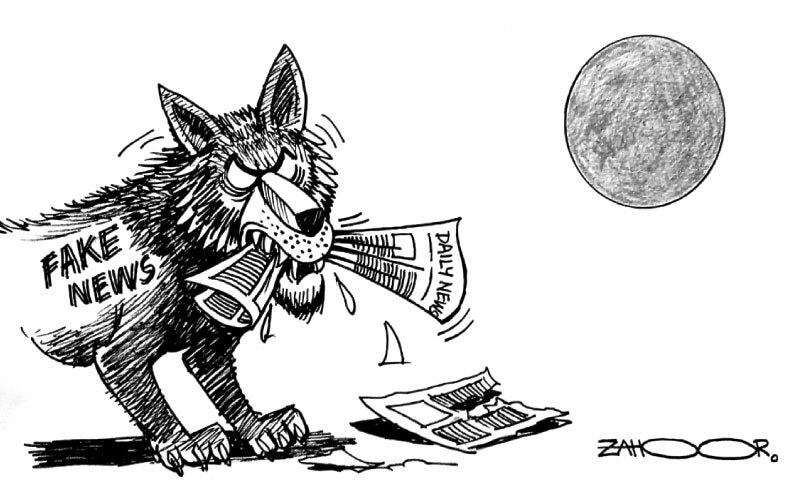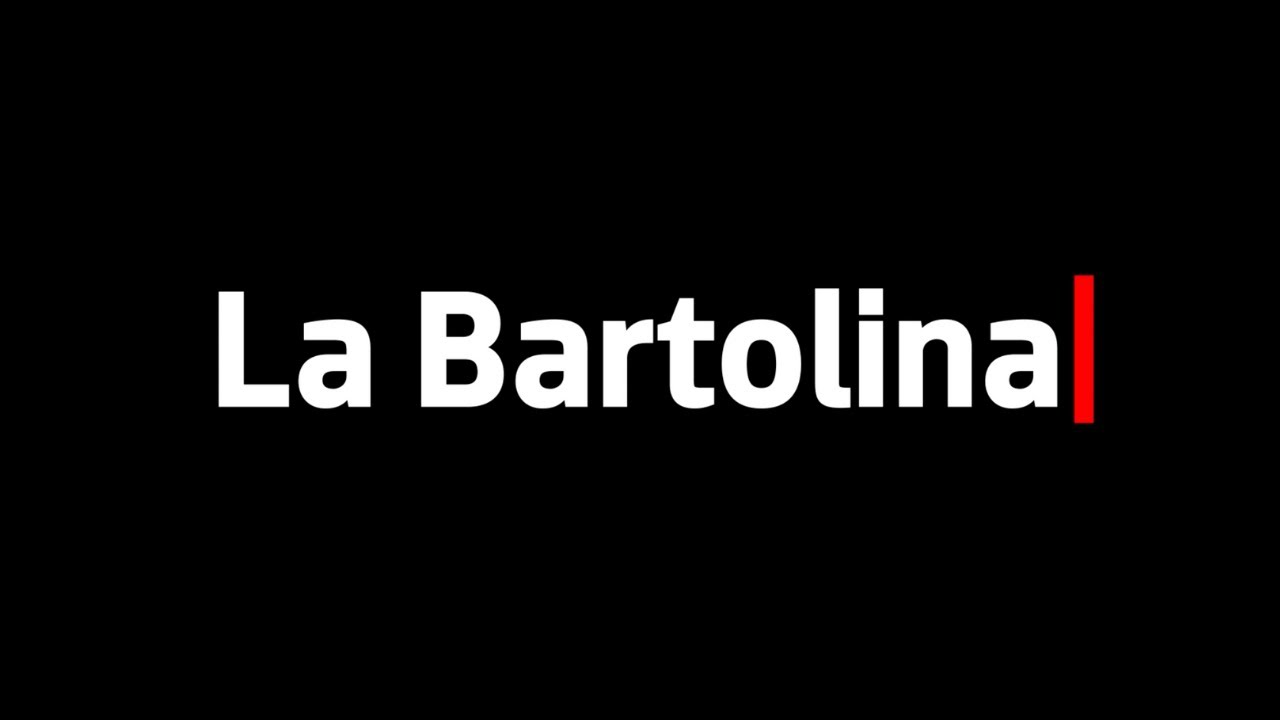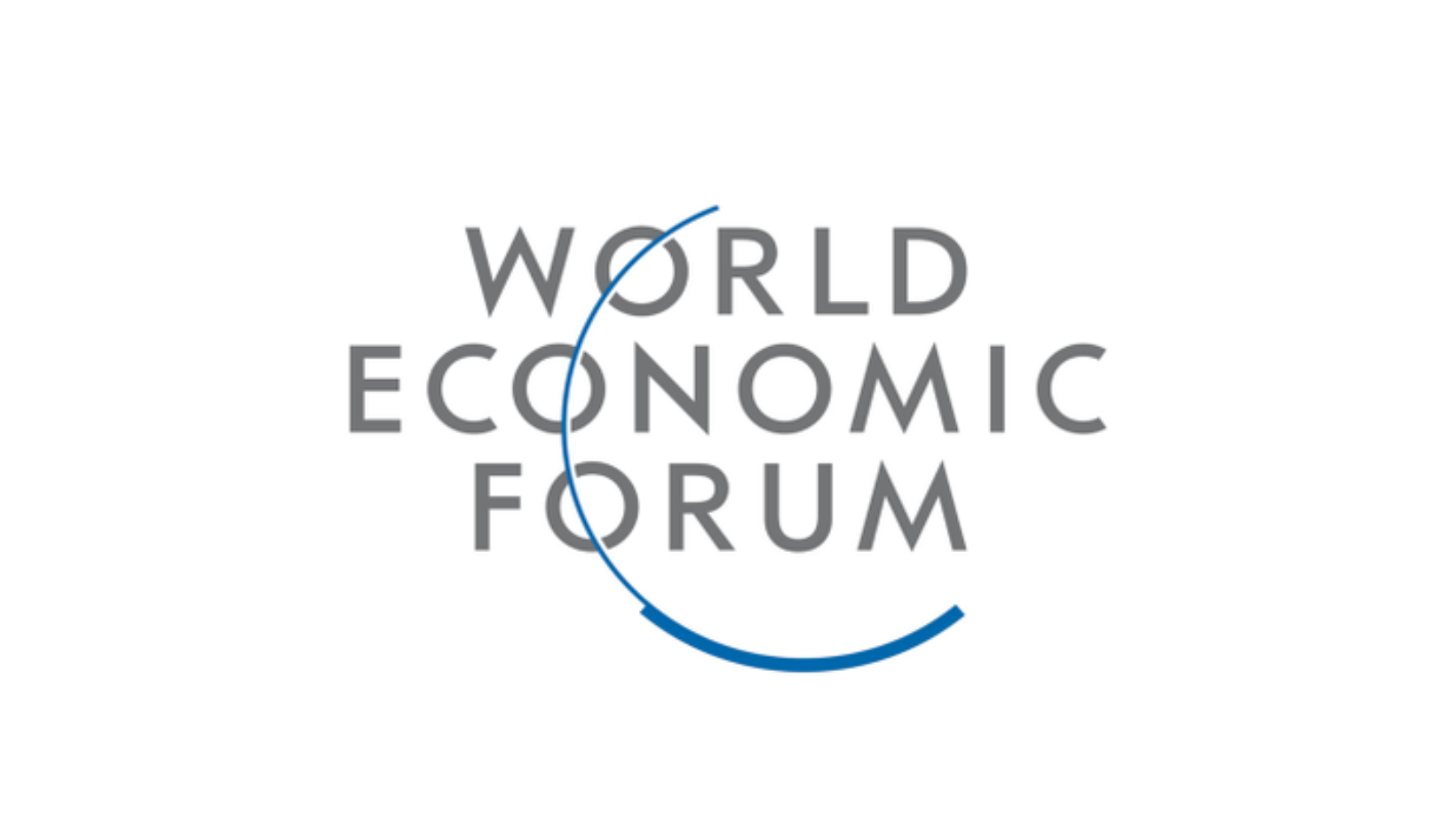MASTUNG: The early morning breeze is pleasantly cool before the reddish rays of the sun appear over the hills of Mastung. The meandering roads leading to the main bazaar, situated on an embankment opposite the Hammach mountains, are completely silent.
One of them leads to the Bolan Hotel, where Mama Essa Sarparah reaches at his usual time of 7am sharp.
The elderly newspaper hawker and his childhood friend, Mullah Qayyum, both in their 70s, sit across from each other sipping tea and munching on a roti. It is too early in the morning in this small town and there isn’t much activity around. But Mama Essa has already broadcast a message: a Dawn journalist is in town to meet him.
Upon entering the tiny hotel, I catch the first glimpse of Essa: clad in a traditional cap and shalwar kameez, sporting a grey beard with the sun shining on his face. He’s busy munching on his roti as I approach him. He holds my hands and says: “I used to distribute 30 copies of Dawn at Cadet College, Mastung in a day in the 1990s.”
On this World News Day, Dawn tells the story of a visually-impaired man whose livelihood is tied to the print industry
Mastung is one of the neighbouring districts of Quetta, situated 54km southeast to the provincial capital. Local newspapers arrive early morning by passenger vans, as the main town is located on the Quetta-Karachi highway. With no dearth of transportation, Essa receives his copies after 8:30am.
The visually impaired Essa initially struggled to find a job in Mastung, forcing him to beg. “I changed my mind during Gen Zia’s rule,” he tells Dawn while sipping his tea. “I was afraid I would be arrested as I was told Zia had banned beggars.”
He pauses for a bite and continues his story: he was the sole breadwinner in a family with five dependants; a stepmother, two younger brothers and an elder widowed sister.
“I used to beg to earn enough to feed them,” he recalls. “But one day, a man approached me out of nowhere and took me to Quetta.”
In the provincial capital, Essa was introduced to Inayatullah, a Pashtun newspaper dealer on Fatima Jinnah Road. “The man handed Inayatullah Rs500,” he recalls, which became the initial capital investment that funded his foray into the world of newspaper hawking.
Essa started selling newspapers in 1988 and has been at it since. From selling a good 300-400 copies a day, he says that now, his sales barely make it into the double digits.
“Back in the day, people would queue up to buy newspapers, but now the newspaper waits for buyers. Unlike the past, nobody bothers reading a newspaper now,” he adds, blaming social media for the decline in demand.
“I’ve seen both the rise and fall of newspapers. When people can read papers for free in their beds on social media, why would they spend Rs20-30 on it?”
By now, Essa’s tales have attracted an audience. Almost everyone at the Bolan Hotel has joined in around the table, harking back to the old days when newspapers, magazines and Urdu digests were all the rage. One of the listeners adds nostalgically that there was a time when everyone, including political workers and the elderly, would be visiting hotels and sitting on pavements to read newspapers.
Every day, from 9am to 12 in the afternoon, Mama Essa is out on the roads and streets of Mastung city, dedicatedly selling newspapers, despite the dwindling demand. When the time for his paper route rolls around, he leaves to pick up his daily stash. I decide to follow him, surreptitiously.
Even at 70 years of age, it appears he remembers the streets, roads, and turns of Mastung bazaar by heart.
“Intekhaaaab, Mashriq,” he calls out to attract customers, his voice hoarse from years of yelling the names of the papers he holds. He walks slowly with his cane leading the way. He hands over a few copies to some of his regular clients — shopkeepers and roadside hotel owners. Other than that, he gets no customers.
I try to pose as a customer and buy a few copies from him. I speak to him in Brauhi, one of the local languages, but even then he hangs on my words, as if trying to place my voice.
His route eventually leads him to the crowded Quetta Bazaar in Mastung city. The sun is now high in the sky and the hustle and bustle of the marketplace gradually drown out the hawker’s cries.
Published in Dawn, September 28th, 2022




